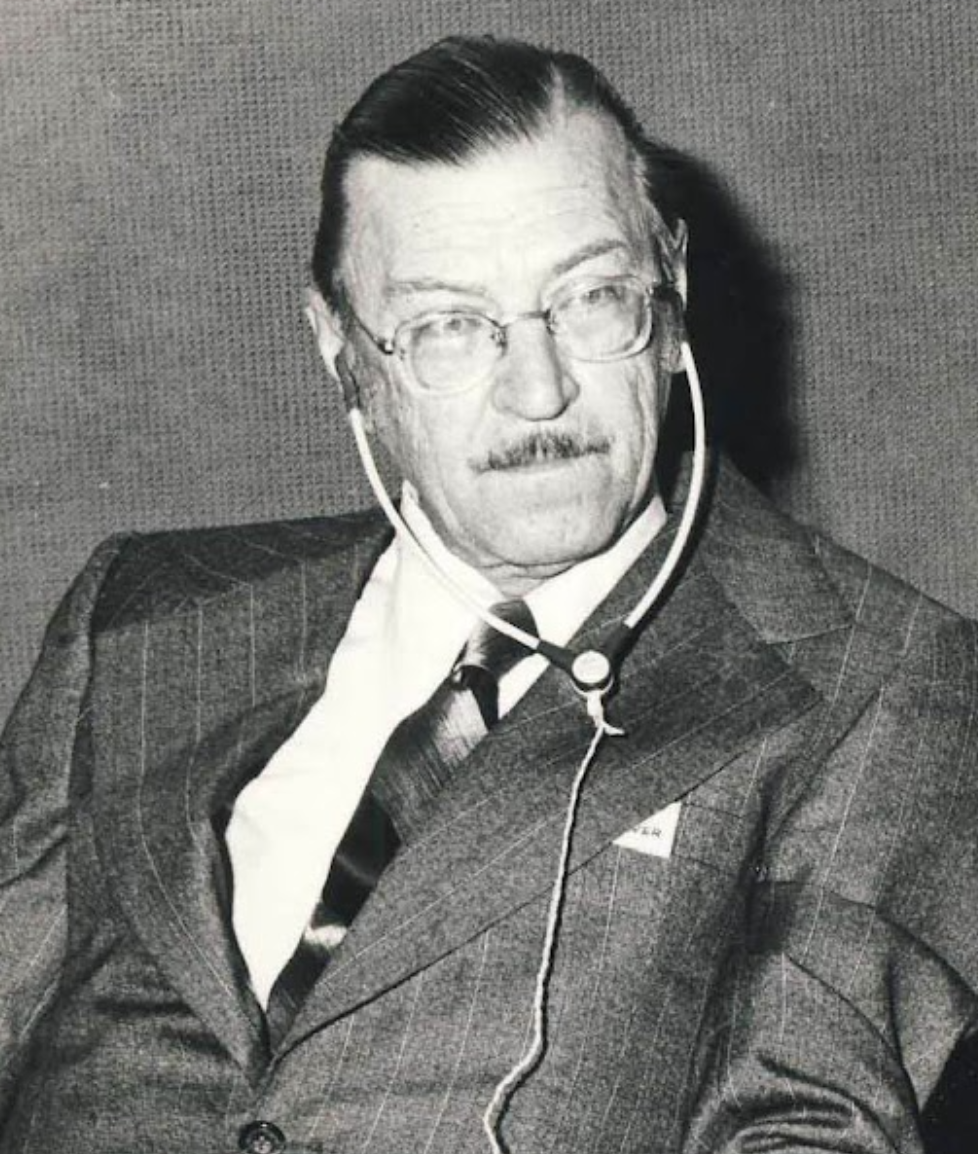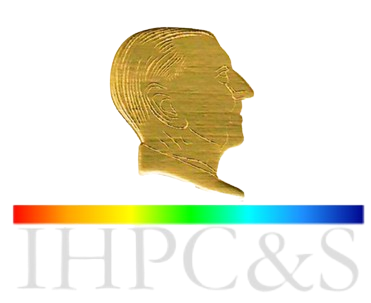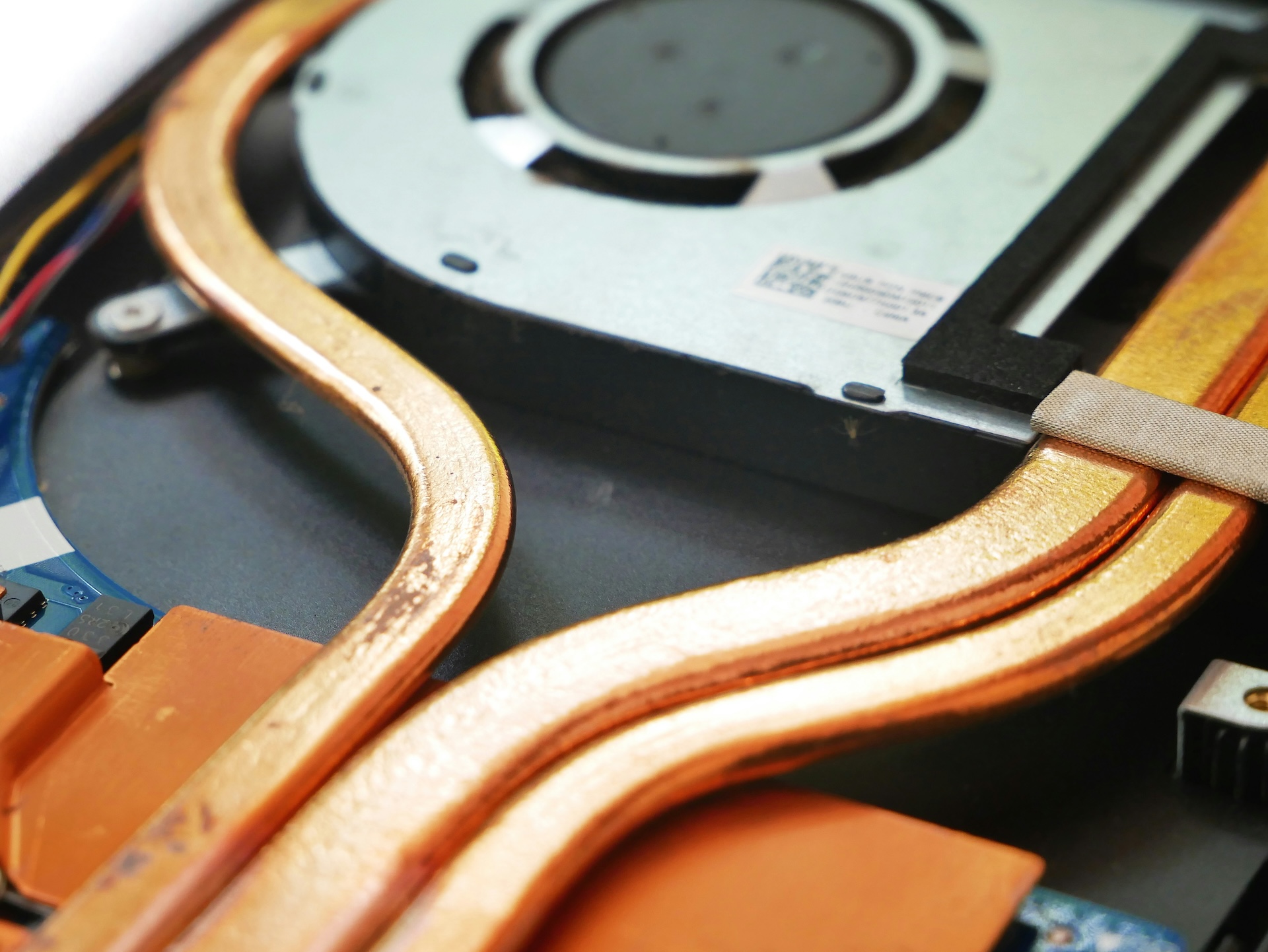Heat pipes and thermosyphons are highly efficient heat transfer devices that operate based on two-phase fluid cycles. The technology’s origins can be traced back to 1836 with the publication of UK Patent #7059 by Jacob Perkins. This patent described a closed tube containing a small amount of water, operating in a closed two-phase cycle—what is now known as a closed thermosyphon.
In 1944, R. Gaugler patented a heat transfer device (US Patent No. 2350348) consisting of a sealed tube with an internal porous medium designed to facilitate fluid circulation between the condenser and evaporator. However, it was G.M. Grover who, in 1966, patented an “Evaporation-Condensation Heat Transfer Device” (US Patent No. 3229759), which came to be known as the “Heat Pipe.” Since then, these devices have been recognized as effective thermal solutions across an increasingly diverse range of applications.
The logo of this Committee, as well as the stamp featured on the award medal presented to outstanding researchers in the field, serves as a tribute to G.M. Grover’s significant contributions to the advancement of heat pipe technology.

Heat Pipe Science and Technology: A Historical Review
Author: Manfred Groll





